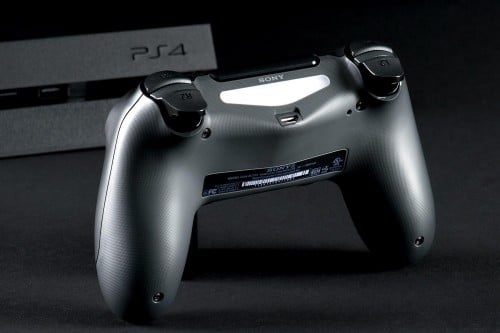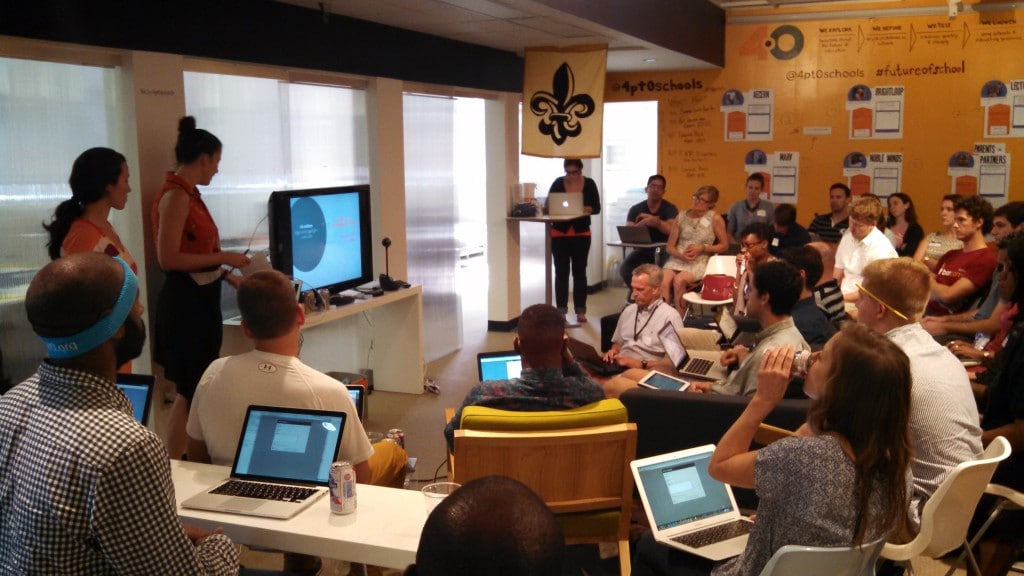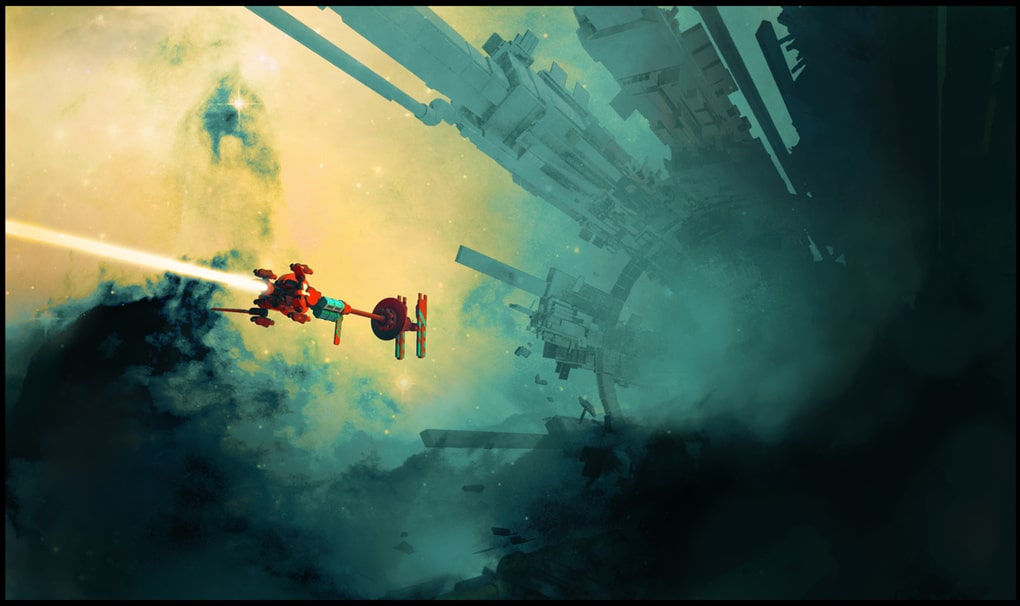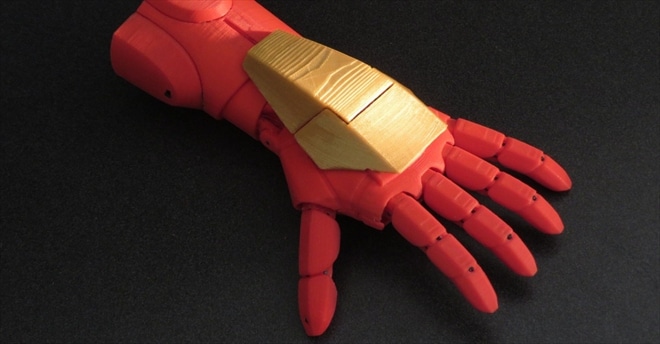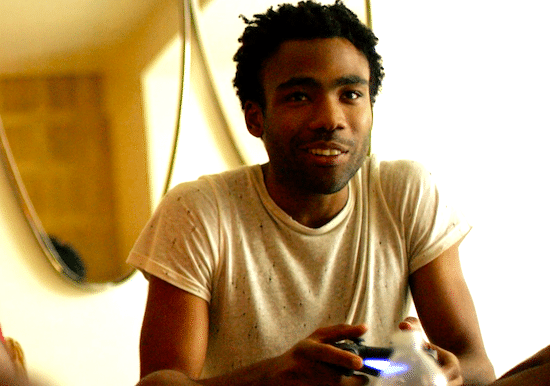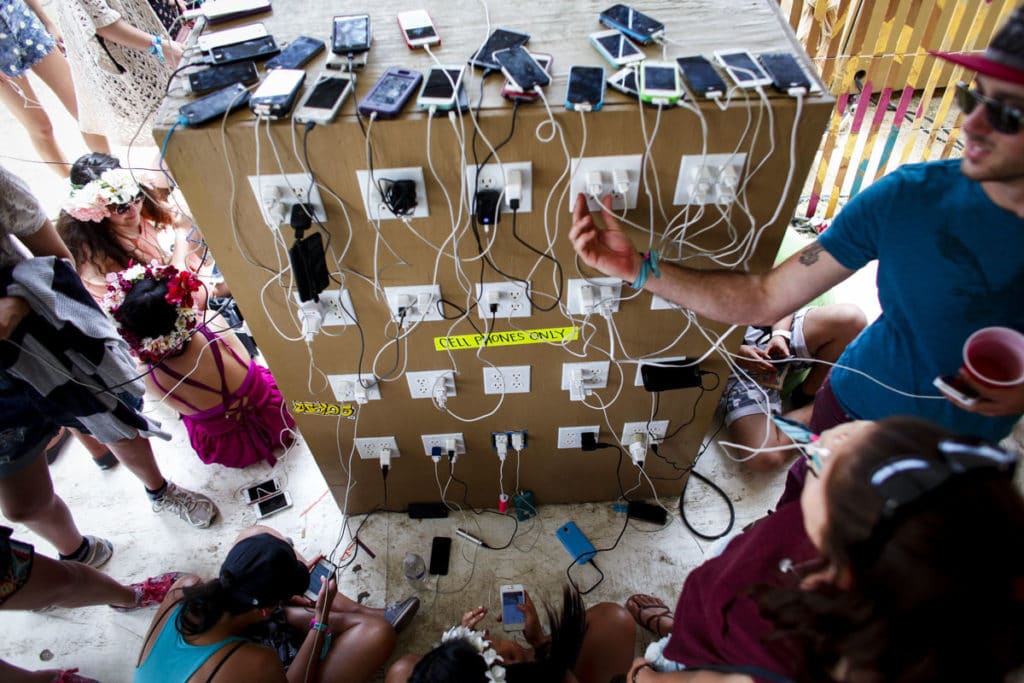Sony could be on the brink of introducing us to a new era of gaming where people no longer have to own a copy of the game in order to join their friends in the digital fun.
In a matter of days, an update will be available for Play Station 4 that will enable a feature called Share Play.
Share Play will, somehow, allow users to play games with their friends regardless of whether the other players have their own copy of the game.
Sony hasn’t released any specifics about how the technology will work, but it has finally announced a release date for the new update.
The update will be available on Oct. 28 and will come with a variety of new features in addition to Share Play.
According to a recent tweet from the Play Station account, the update will also come with a USB music player.
Tech Crunch revealed that the USB player will be able to play MP3, MP4, M4a and 3GP while users are playing video games.
It will essentially give gamers the ability to create their own gaming soundtrack as they make their way through their favorite games.
There are some downsides to the new Share Play feature, however.
Sony recently confirmed that Share Play will come with certain limitations and guidelines.
The feature seems to serve promotional purposes as gaming will be limited to 60-minute sessions through Share Play.
In other words, the Share Play will be more of a tease for the friend who doesn’t have a hard copy of the game.
The good news is that the limitations on Share Play won’t be applied differently based on titles as some gamers expected.
This means friends can have 60-minute gaming expeditions with even the newest Play Station 4 games.
For now, Sony hasn’t released many other details, but the concept of allowing friends to join in on gaming sessions without owning a copy is something to get excited about – even if there is a timer on how long that experience may last.

